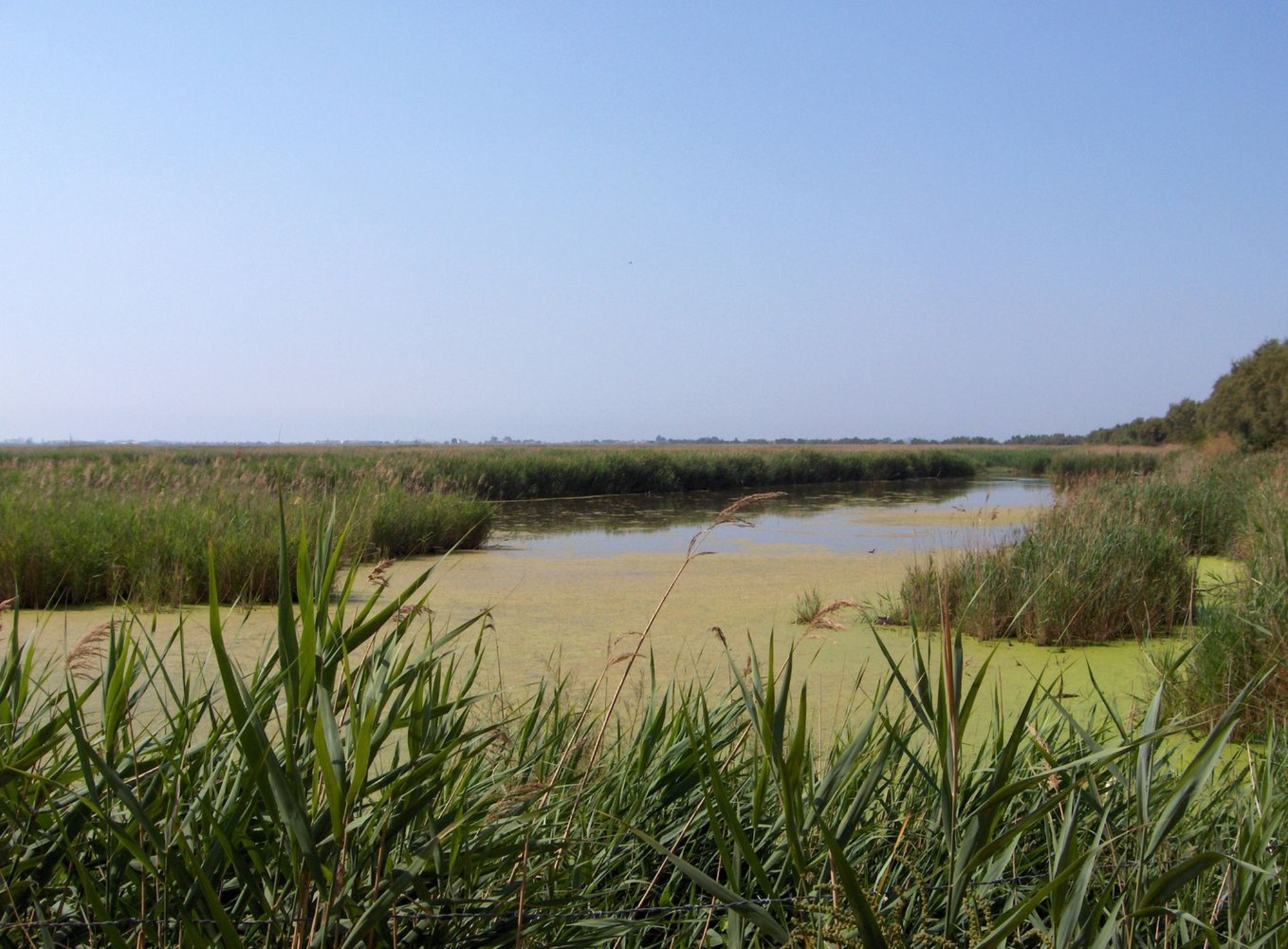
- Home
- A wattery landscape
- Ecology and environment
Flora
Various types of analyses can be used to understand Lattara's environment and surroundings, including those of palynography, geomorphology, archeozoology and archeobotany, among others. Vestiges recovered during archaeological excavations provide additional clues. Animal remains (bones in particular) and traces of plants (often in the form of charcoal) found inside the town's perimeter provide researchers with a view of how the town's inhabitants lived. The town of Lattara, which was built in the midst of a river-lagoon context, was close to groves of oak trees and a lowland forest with abundant stands of ash and elm. Charcoal from domestic hearths indicates that the inhabitants used local resources, including small shrubs, boxwood, maple, pine, elder, pistachio trees and juniper wood. Fires were also stoked with wood from fruit trees, including grapevines and plum, cherry, fig, walnut and olive trees. The surrounding woods also contained hazelnut trees,beeches, firs and tamarind trees.
Fauna
The presence of nearby forests is also confirmed by the discovery of the bones of stags, roe deer, wild boars, as well as those of bears, lynx and hares. Smaller animals, such as mice and dormice, are indicators of damp environments. Others, such as shrews and voles, confirm the proximity of cultivated areas and gardens. Remains of birds provide information about the presence of marshy areas (grebes, storks and pelicans). Grey herons, ducks and moorhens are indicators of fresh water, while bones belonging to oyster catchers, magpies and avocets show that there were stretches of brackish water as well. Sea birds are also present, but in much smaller quantities. Finally, the remains of owls, pigeons, buzzards, vultures and jackdaws shows that there were forests nearby.







